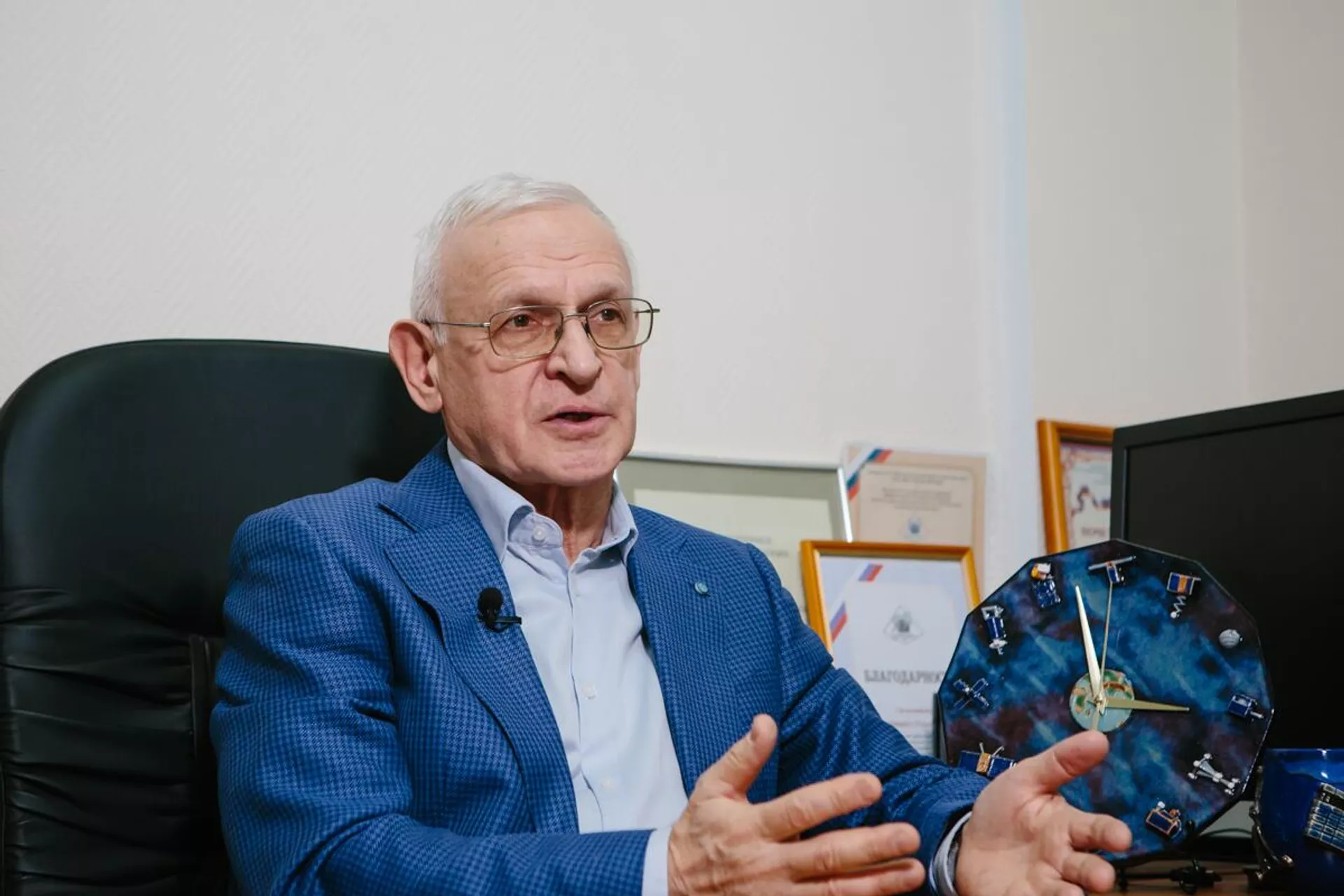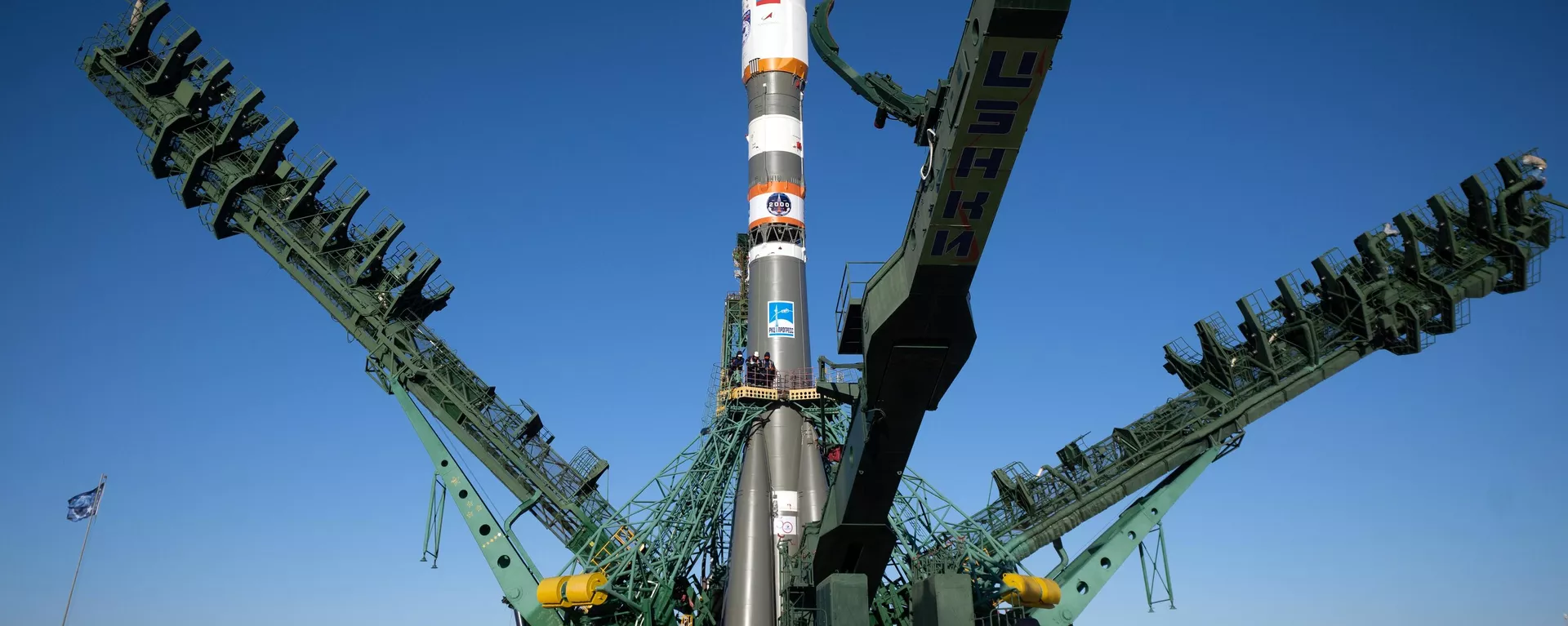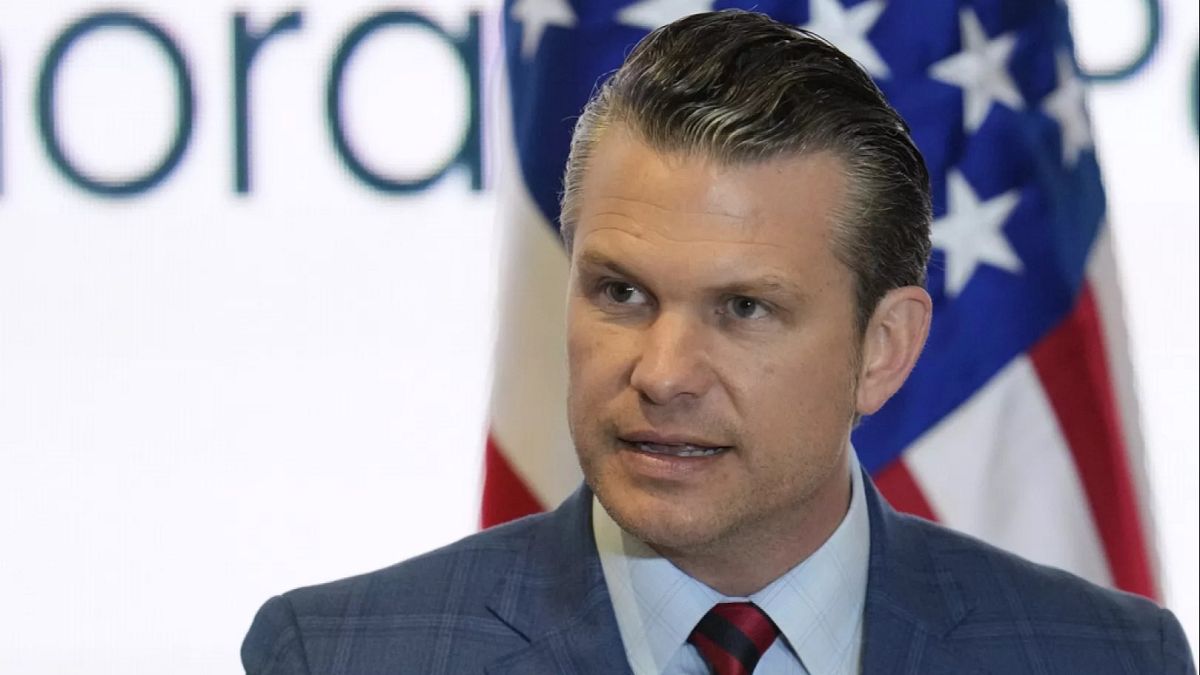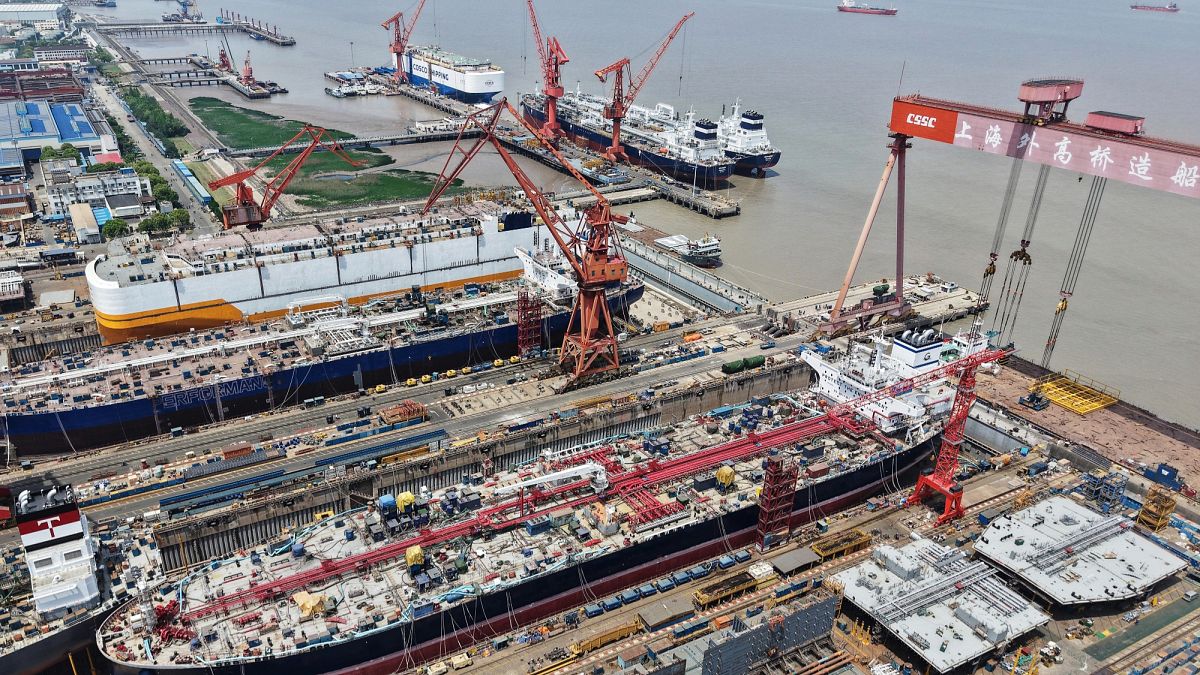The emergence of CubeSat – small cubic satellites weighing about 1kg that even students could assemble as part of their projects – and group spaceflights each became important milestones in the development of small spacecraft, Ovchinnikov told Scientific Russia magazine.
According to him, small spacecraft/satellites could be divided into three broad categories.
First: constellations, a group of satellites that performs one goal but with each of these craft being controlled individually.
Second: formation flying, satellites that too jointly perform the same task while operating relatively close to one another at distances ranging from 10 meters to 100 kilometers.
Third: swarm, which lacks centralized guidance and “each craft’s flight depends on what that craft ‘knows’ about its neighbors,” as Ovchinnikov put it.
There is no clear answer to the question which method is more effective, a single large spacecraft or a satellite swarm, Prof. Ovchinnicov remarked.
© Photo : Scientific Russia / Olga MerzlyakovaMikhail Ovchinnikov

Mikhail Ovchinnikov
© Photo : Scientific Russia / Olga Merzlyakova
If one needs to perform a task like detailed imaging of the Earth’s surface, which requires a large optic system, an expensive and heavy spacecraft would be the obvious choice, he explained.
On the other hand, deploying a satellite swarm means that a malfunction of any of the satellites comprising it would entail relatively small financial losses and replacing it would be a relatively inexpensive endeavor.
Furthermore, such defunct small satellites could be replaced with newer upgraded models, thus ensuring that the swarm would keep renewing and performing its goal more efficiently, he added.
Small cost is one of the chief advantages of small satellites, Ovchinnikov stressed, pointing out that the 12U CubeSat mission to the Moon in 2023 only cost $30 million.
He also mentioned that researchers from the Keldysh Institute of Applied Mathematics, where he heads the Space System Dynamic department, recently proposed launching a mission to Mars “on a small spacecraft weighing only 92kg.”
Having noted that small spacecraft are already been actively used to study asteroids, Ovchinnikov suggested that in the coming years these tiny contraptions may find a more broad application in interplanetary missions.

 3 months ago
30
3 months ago
30







 We deliver critical software at unparalleled value and speed to help your business thrive
We deliver critical software at unparalleled value and speed to help your business thrive






 English (US) ·
English (US) ·